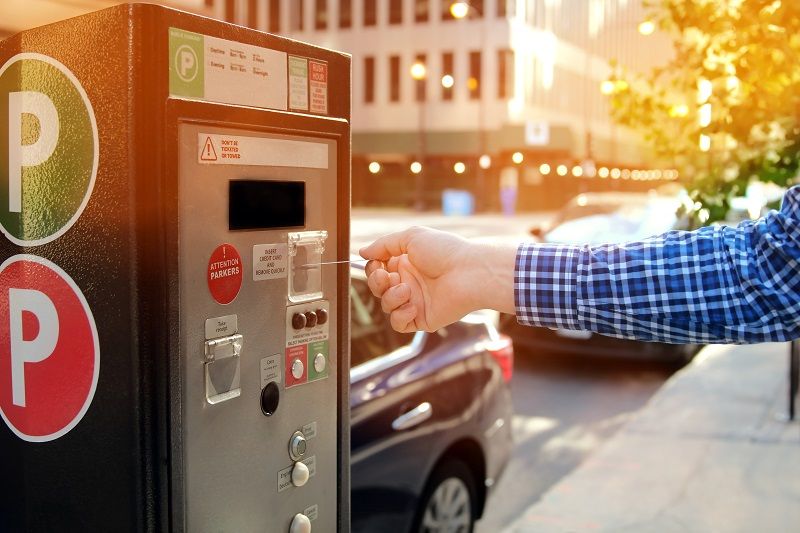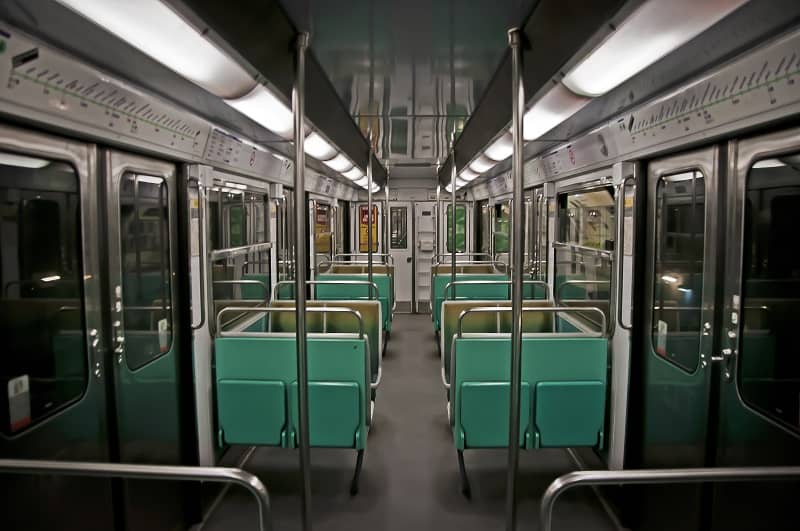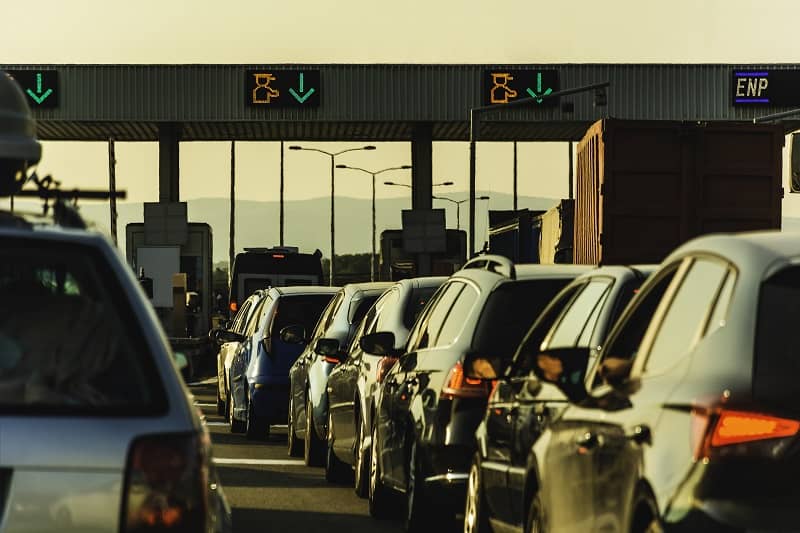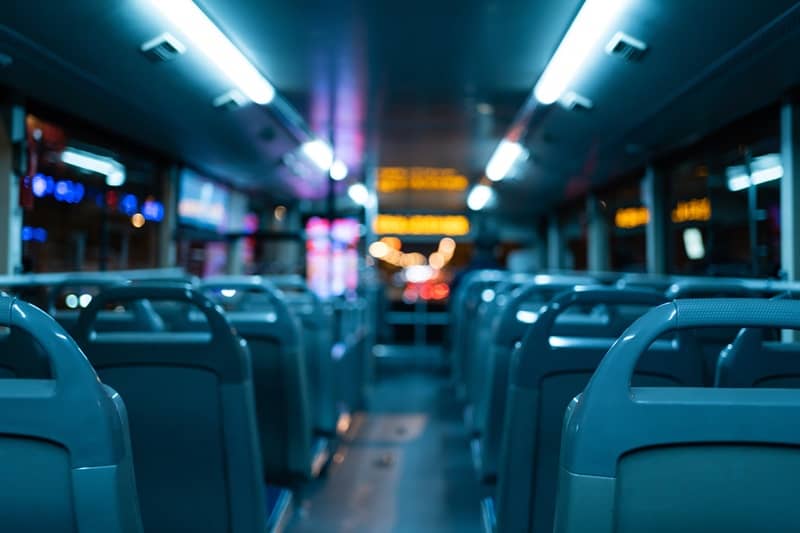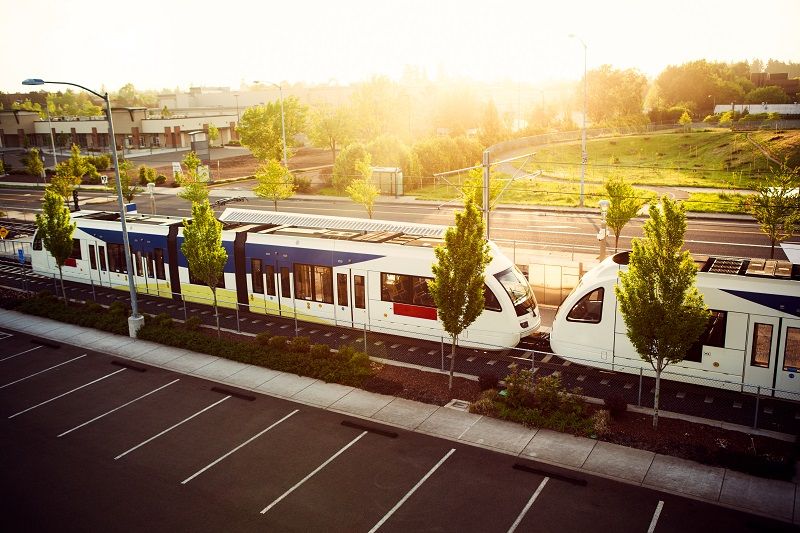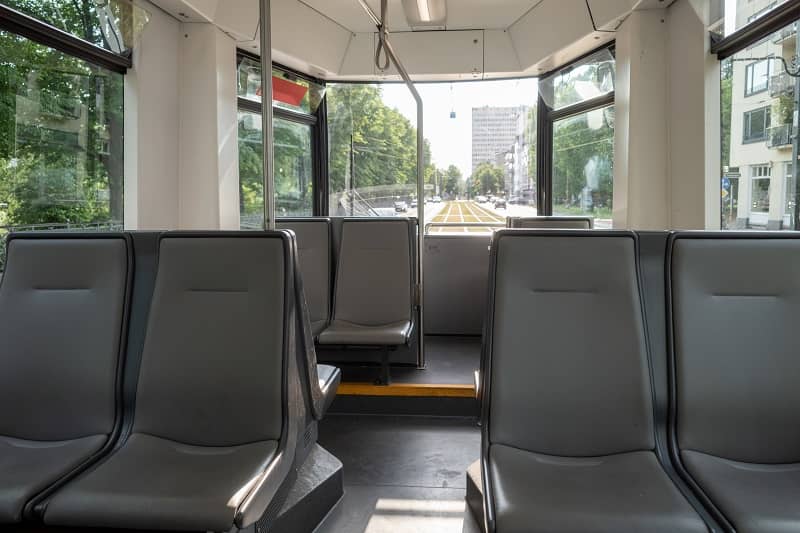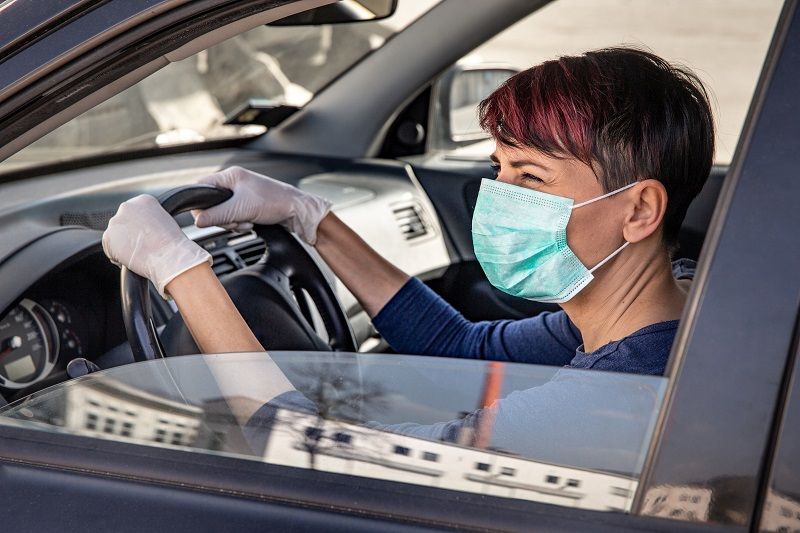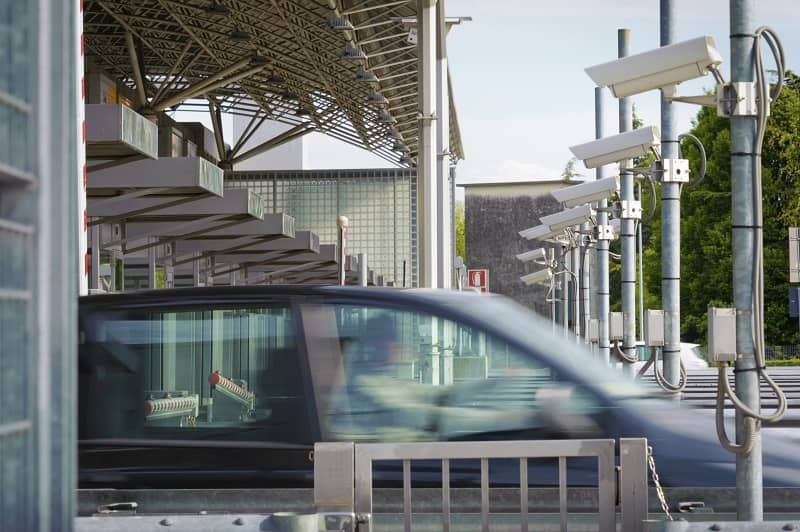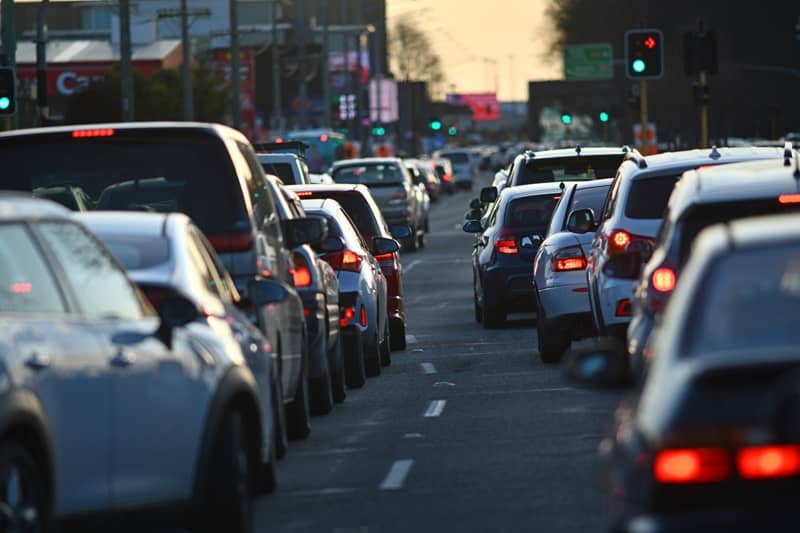Synopsis
Wheels to Wealth is a proposal with a dual purpose: First, to form a committee to discuss the transportation needs of the “working poor” population in the Portland tri-county area. Second, to explore the feasibility of canceling TriMet’s lowest performing bus routes, and using a part of the financial savings to create a revolving loan fund to help finance car ownership among low-income workers in the tri-county area. If implemented (through a 3rd-party social service agency), this proposal would improve the mobility options of low-income households and workers who are not served totally by fixed bus routes. The auto loan program also would increase employment opportunities for its participants, thereby helping to raise their incomes. It is likely to increase TriMet’s total ridership, improve the fuel economy of the bus fleet, and raise TriMet’s fare box recovery ratio.
Background
The growing “working poor” population in Portland has complex transportation needs that are not addressed sufficiently by the fixed route model of public transit.
TriMet recovers approximately 21% of its operating costs from passenger fares. This low fare box recovery ratio places constant pressure on the agency to cancel the lowest-performing routes, where subsidies can be $12 or more per trip (such as the Cedar Mill Shuttle, 84-Kelso-Boring, 39-Lewis & Clark and 27-Market routes), compared with the fleet average subsidy of $2.58 per trip.
Adopting a subsidized car ownership strategy could be a cost-effective and efficient way of replacing these underperforming routes while mobilizing low-income workers in Portland. If implemented properly, such a program could have many benefits for the general public, TriMet and its customers.
Benefits for customers
- Studies show that for low-income and minority households, auto ownership is positively correlated with improved access to jobs, higher household incomes and more weeks worked per year. Thus, improving the car ownership rate among these populations is likely to make them more financially secure.
- Auto ownership helps welfare recipients move permanently into the workforce.
- Auto ownership dramatically improves the mobility options of the “working poor” and increases their access to regional public transportation.
Benefits for TriMet
- Subsidized car ownership can help improve TriMet’s bottom line by allowing the agency to eliminate its lowest-performing (highest-subsidized) bus routes, thereby freeing up capital to be redeployed in areas where consumer demand is greater.
- TriMet is dependent on private car ownership for the so-called “last mile” of service from the transit stop to the customer’s front door. If TriMet helps some of its lowest-income bus riders become car owners, many of them may continue to be transit riders by driving to TriMet parking lots and using the train to commute to jobs that were previously unavailable to them.
Benefits for the General Public
- Most of the money saved by TriMet from canceling low-performing routes can be reinvested in parts of the district where customer demand is greater. This will provide better service for more people.
- Energy consumption for the average automobile trip in America is now less than for the average transit bus trip (3,549 BTU per passenger-mile by car, versus 4,160 for a bus transit trip). Canceling low-performing routes that consume a lot of energy will improve the overall transportation fuel economy for the region, lowering emissions and saving money.
Concerns about Traffic Congestion
- Many low-income transit passengers work at jobs that either have odd shifts (e.g., starting at midnight) or involve “reverse commutes” where road capacity is not a problem. Converting a few hundred of these weekly trips from bus to auto will have no effect on congestion in the region.
Conclusion
While it may seem counterintuitive to think of subsidized car ownership as a “transit strategy,” it is clear that testing this concept would have benefits for TriMet, its transit-dependent riders and the general public. Cascade urges TriMet to partner with Metro, the DEQ and other stakeholders to explore the feasibility of testing the idea on several of its lowest-performing bus routes over a three-year period.
